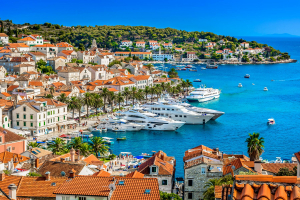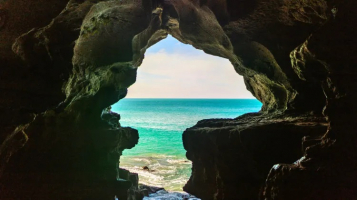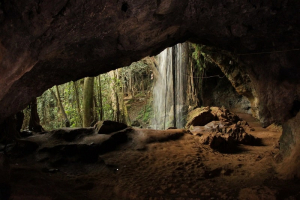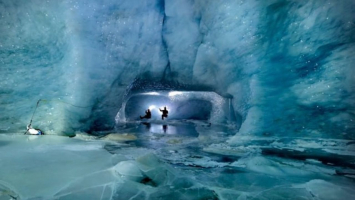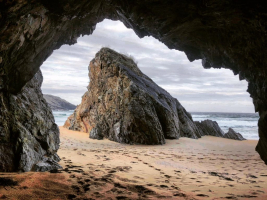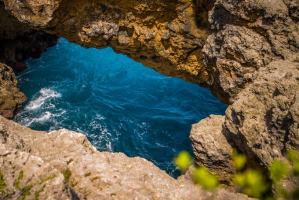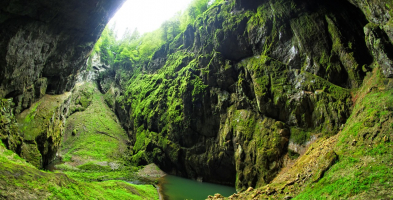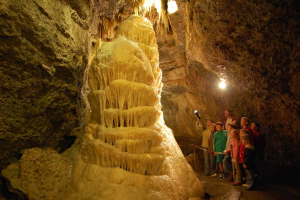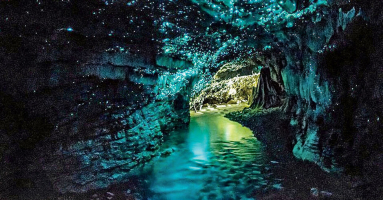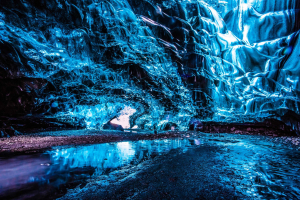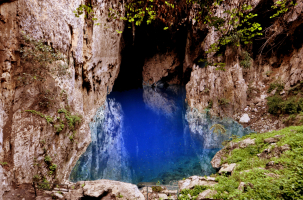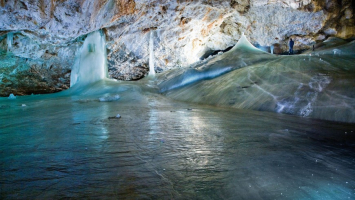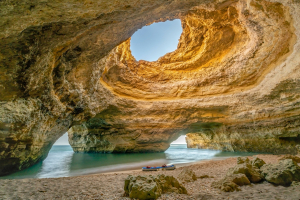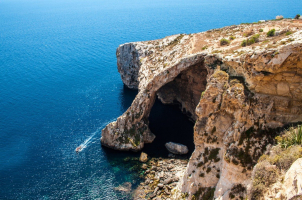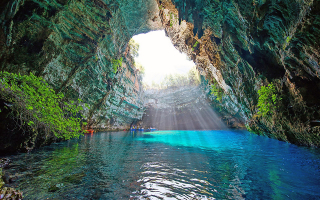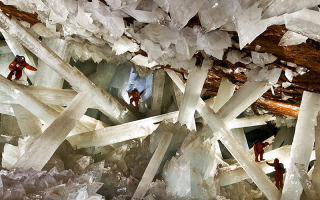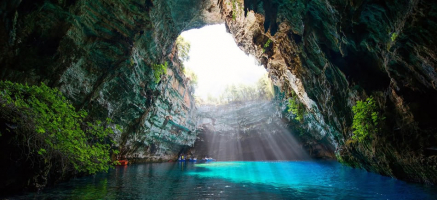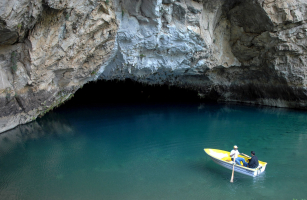Top 13 Most Beautiful Caves in Croatia
Croatia is full of natural wonders. In this post Toplist introduces to you some of the most beautiful caves in Croatia. If you’re interested in geology, ... read more...archaeology, or simply want to gaze at the stunning beauty of Croatia’s underground, read on to discover the best locations to take the plunge (in no particular order)!
-
The Blue Grotto or Blue Cave (Croatian: Modra pilja) is a waterlogged sea cave on the east side of the island of Bievo, about 4.5 nautical miles (8.3 kilometers) from Komia in the Croatian Adriatic. It is located 5 kilometers south-west of the island of Vis in the middle Dalmatian archipelago. Because of the dazzling blue light that shines at certain times of day, the grotto is one of the most well-known natural beauty locations on the Adriatic and one of the most beautiful caves in Croatia. The cave was once only accessible by diving because it had one natural entrance below sea level, as reported and illustrated by Baron Eugen von Ransonet. Based on his suggestion, an artificial entrance large enough for small boats was built in 1884.
The cave's natural entrance, positioned on its southern side, is supposed to resemble a grotto's vaulted ceiling. The sunlight enters the cave through this submarine-like entrance in the cave roof, creating an iridescent blue glowing effect all throughout the cave. In addition, a stone bar linking two cave walls is plainly visible just below the waterline in both above-water and underwater shots.
The best time to visit the cave is between 11 a.m. and 12 p.m., depending on the season. The sunshine reflects through the water flowing from the cave's white bottom, bathing the grotto in aquamarine light and making everything in the water appear silver. This type of occurrence is also known at the Blue Grotto (Italian: Grotta Azzurra) on the Italian island of Capri.
Every year, around 10,000 tourists visit the cave, and tourist boats frequently include a visit to another comparable cave on the island, the Zelena pilja (English: The Green Grotto), which is larger and has an emerald-green tone due to a similar effect.
Location: Biševo, Croatia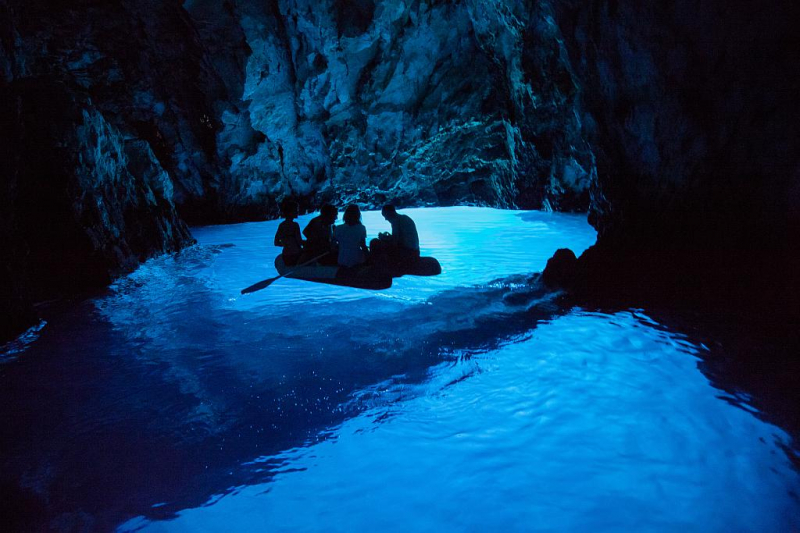
Photo: welcome-to-croatia 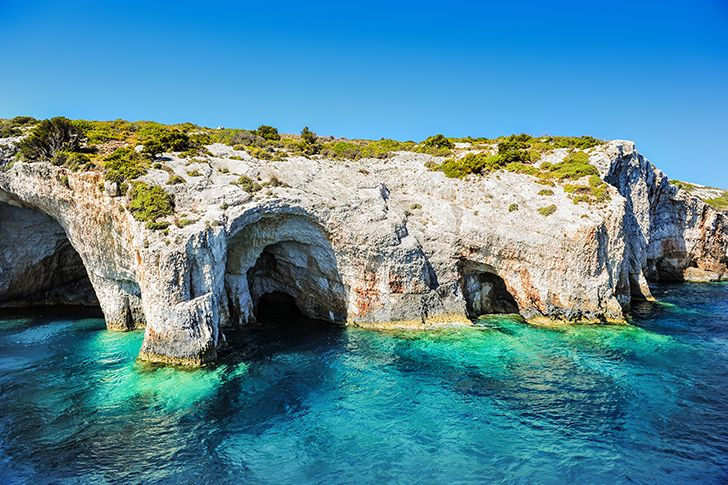
Photo: pinterest -
Baredina Cave is a natural geomorphologic landmark and Istria's first speleologic location and tourist cave, which has been open to visitors since 1995. It is located 6 kilometers north-east of Pore, Croatia, in the western portion of Istria.
Istria's Baredina Cave is a true jewel. As you walk into the underground cave, you'll notice ancient stalagmites and stalactites, as well as a variety of other "sculptures" made by water flowing down the channels. While you're exploring the cave, have a look at the underground animal world — indeed, animals have made this their home!In a very nice all-year-round temperature of 14oC, enjoy the adorned chambers, realistic sculpture of Our Lady, replica-like of the Leaning Tower of Pisa, and more. Kids and adults alike can have some additional fun by donning a rope and harness and climbing.
Location: Instria, Croatia
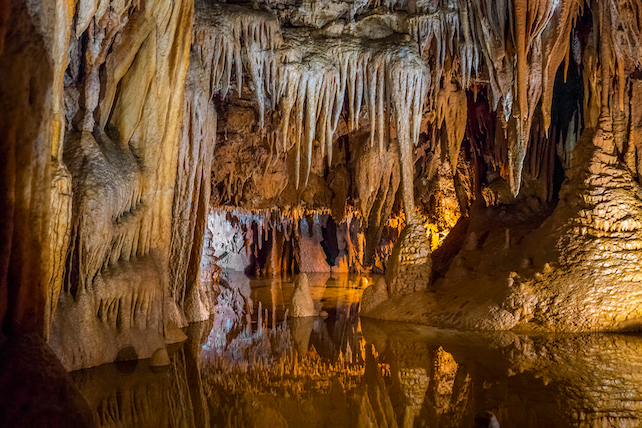
Photo: myistria 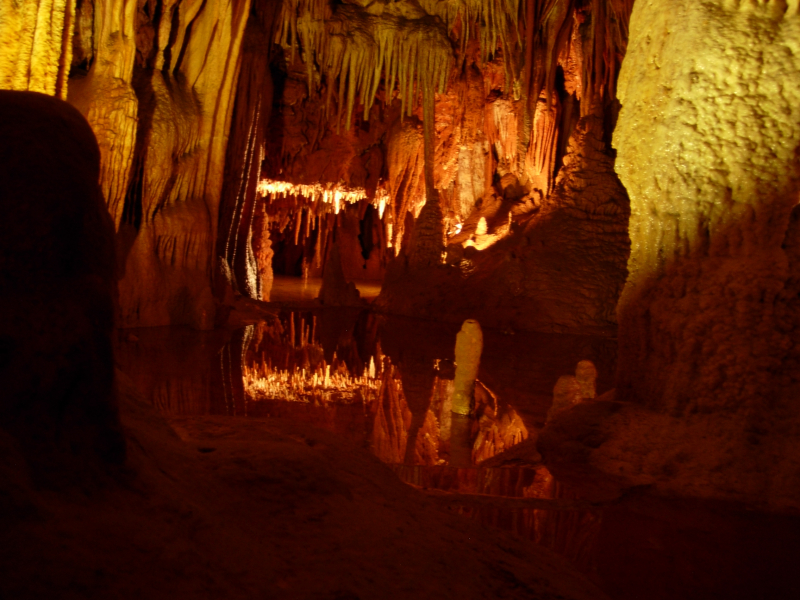
Photo: wikipedia -
Veternica Cave, in the midst of the Medvednica Nature Park, is known for its historic archaeological sites. It is Croatia's fourth-longest cave and an important natural resource open to tourists for exploration. The cave is protected to help preserve natural phenomena such as sand dunes and vortex pots that occur within it.
The cave was formed by the sinking of water from the Ponikve area beside the crevices in the rock in a karst "pocket" in the southwest portion of Medvednica. It is Zagreb's oldest archaeological site, as its darkness preserved evidence of the turbulent lives of previous millennia, from Neanderthals, Roman troops, and medieval robbers to modern adventurers and visitors.
The cult of the cave bear was worshipped by the early residents of Zagreb, who were Neanderthal hunters of the Mousterian culture. Aside from cave bears, other long-extinct creatures such as cave lions, leopards, cave hyenas, rhinoceros, wild cattle, and giant deer have left evidence in the cave.
The temperature in the Veternica Cave remains around 10 degrees Celsius throughout the year, therefore it is advisable to bring warm, layered clothing even in the summer. Because the cave can only be reached via hiking routes, and there are muddy sections inside, sport shoes are also recommended. Those who suffer from claustrophobia should avoid going underground. Veternica takes 45 to 60 minutes to visit.
Location: Zagreb, Croatia
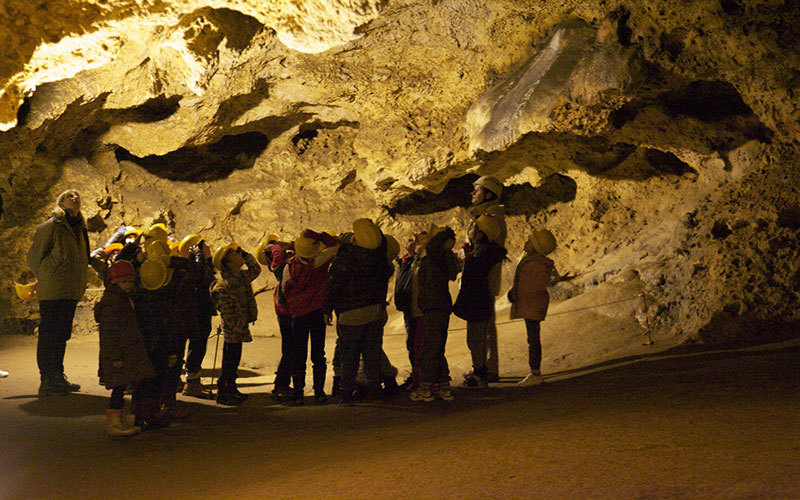
Photo: visitzagreb 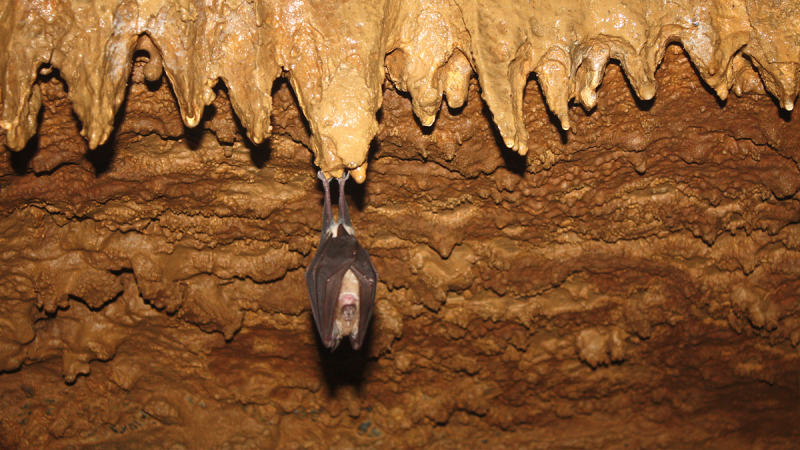
Photo: pp-medvednica -
Within the settlement of Murvica is the Zmajeva Cave, also known as the Dragon's Cave (7 kilometers from the charming town of Bol). With stunning carvings such as the Chapel of Our Lady Madonna and reliefs of the moon, angels, and dragons, the cave is a popular tourist destination.
Scientists are still trying to figure out what these reliefs represent. Some say they're pictures of Slavic mythology, while others say they're Christian iconographies. In any case, they're beautiful carvings to see in person!
Location: Murvica, Croatia
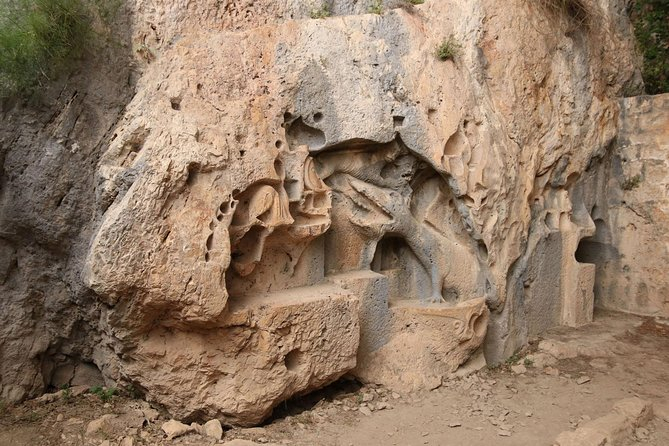
Photo: viator 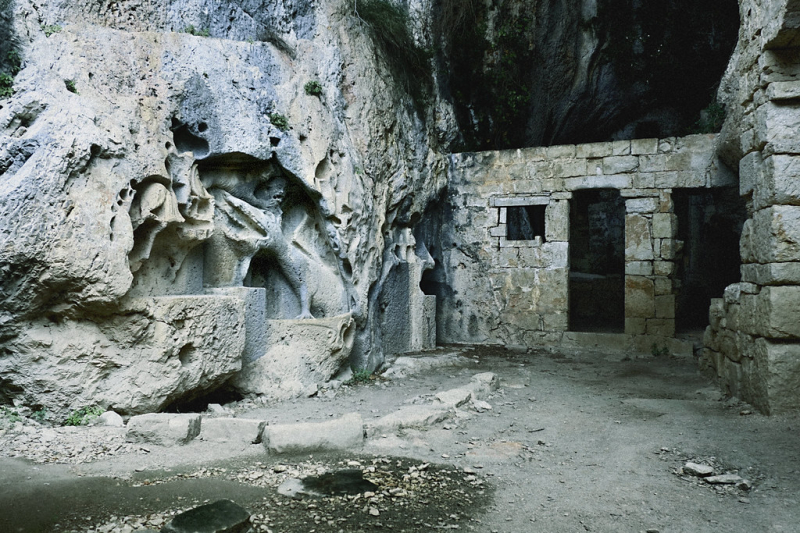
Photo: fliclkr -
One of most well-known exhibition caves and one of the most beautiful caves in Croatica is the interesting Samogradska Cave. It is 2.5 kilometers west of Perui, on the eastern slopes of Mt Grabovaa (772 m asl). To get there, drive southeast 1.5 kilometers to the hamlet Kania, then walk for 20 minutes. Follow the single-lane road westward, first past a meadow where you can see the massive doline of the cave entrance, then through the woodland. The cave entrance is placed in a doline, which was created when a section of the cave collapsed. Due to its abundance of calcium formations, icicles, stalagmites, and stalactites, all of which are emphasized with electric illumination, it has become a tourist attraction. accentuating the fantastic inside appearance.
It is also Croatia's first cave with its own geodetic scheme. Tourists looking for a thrilling and attractive underground cave experience should visit Samogradska Cave.
There are various speleothems in the cave. Green stalactites and stalagmites, as well as two so-called sinter bridges, are extraordinary. This is where the walkway was built through massive flowstone formations, and the visitor travels almost under a sinter bridge.For ages, the massive doline with the cave portal provided easy access to the cave. As a result, the inhabitants frequented the cave for generations. It is now guarded by a gate as a show cave. Officers from the so-called military border visited the cave on one occasion and left their names, as well as the year 1835. Today, we would term this graffitti and vandalism, but it is now referred to as archaeological and historic evidence due to its age.
Location: Lika, Crotaria
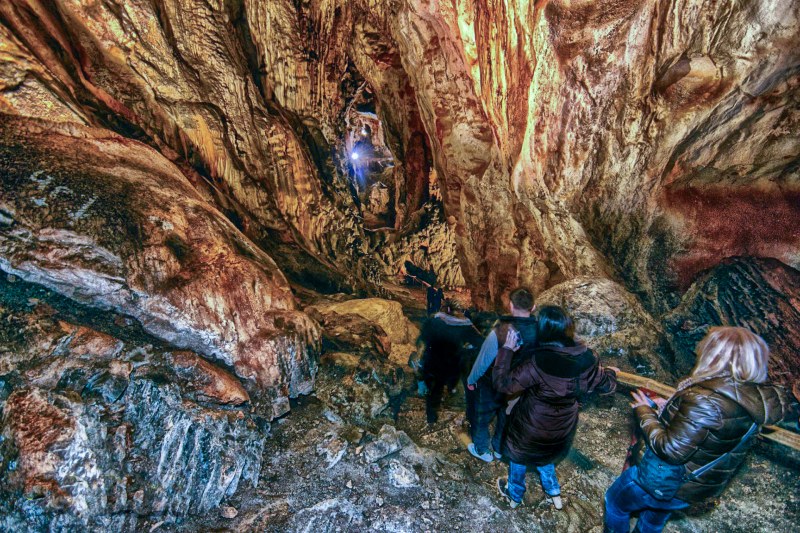
Photo: vpp-grabovaca 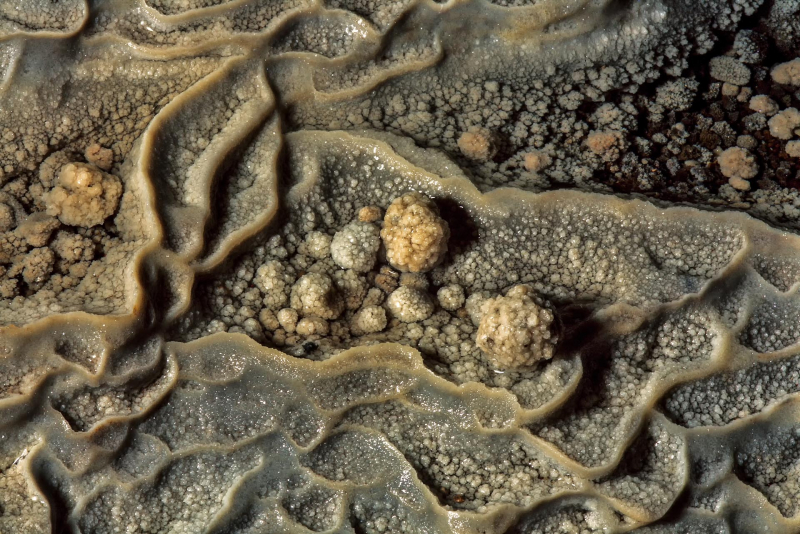
Photo: eastwoodvision -
Vrlovka Cave is a cave with several dripstone formations and a small cave river. The yellow formations are a speciality. Remains of animals and humans who sought refuge in the cave were discovered during excavations. Around 2500 BC, the Lasinje Culture produced famous finds. The cult vessel is on display in the Gradski muzej Karlovac in the form of a bi-conical flask, 9 cm high with white incrustations as ornament (Karlovac City Museum). The cave is a Natura 2000 site and a Geomorphological Nature Monument.
The cave was open as a show cave for a long time, although it has been closed for lengthier periods in recent years. Numerous species of bats use the cave for the most of the year, which is one of the reasons. In the winter, they hibernate, and in the summer, they roost. As a result of EU bat protection legislation, the cave is closed for much of the year. A recent study of bats in the Vrlovka Cave found that bats were present throughout the year, but that there were times when the cave's population was considerably reduced. This allows for infrequent visits without having a harmful impact on the bat population.
Location: Kamanje, Croatia
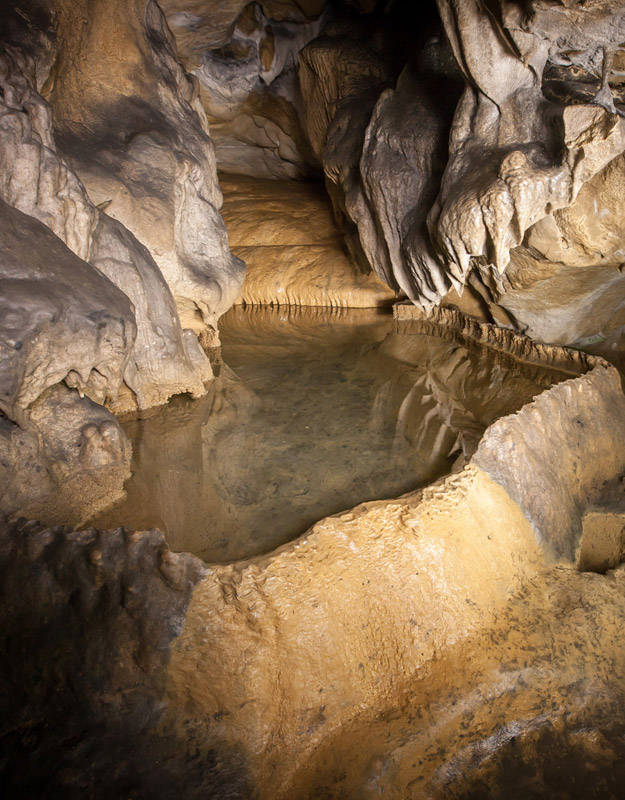
Photo: croatia2go 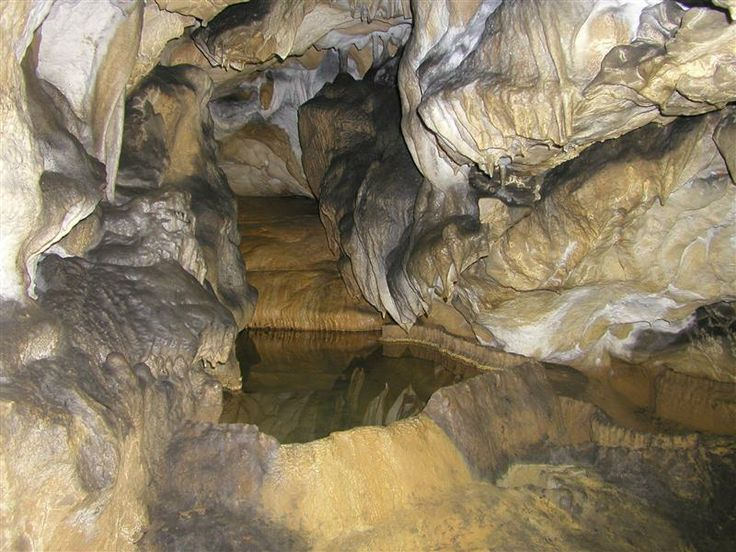
Photo: pinterest -
One of Croatia's display caves is the stunning Vrelo Cave, which is located near the little town of Fuzine. It's easy to see why it's known as the show cave, with two stunning rooms that fascinate visitors and a 30-meter lake. Visitors can experience brilliantly displayed speleothems as well as many other magnificent elements inside the chambers, which are illuminated with artificial cave lighting.
The cave, which was formed roughly 4 million years ago in limestone, is rich in cave formations such as stalagmites and stalactites. During the construction of the Bajer accumulation lake in the 1950s, the cave was unintentionally discovered. A mountain spring runs through the cave, which, in addition to giving it a fairytale feel, also floods it during extremely wet periods. Cave spiders, butterflies, and bats are among the fauna that call the cave home. Vrelo is Europe's only cave that is accessible to anyone, including children, the elderly, and wheelchair users.
This is owing to the cave's gentle terrain, which has no steps. It is only a short car journey from the Adriatic, making it an ideal day trip destination for those visiting Rijeka's streets or touring the Istrian peninsula. Vrelo provides much-needed comfort throughout the hot summer months with its soothing shade and moderate temps. Aside from cave exploration, you can spend the day on a ferry over the beautiful Bajer lake or visit the lovely village of Fuine, where locals celebrate the New Year at midday.
Vrelo means 'spring,' and there is a cave spring nearby that is said to contain therapeutic waters for a variety of ailments. This cave has become a popular for those seeking a quiet and unspoilt natural refuge due to its year-round still, placid waters.
Location: Fužine, Croatia

Photo: croatia.hr 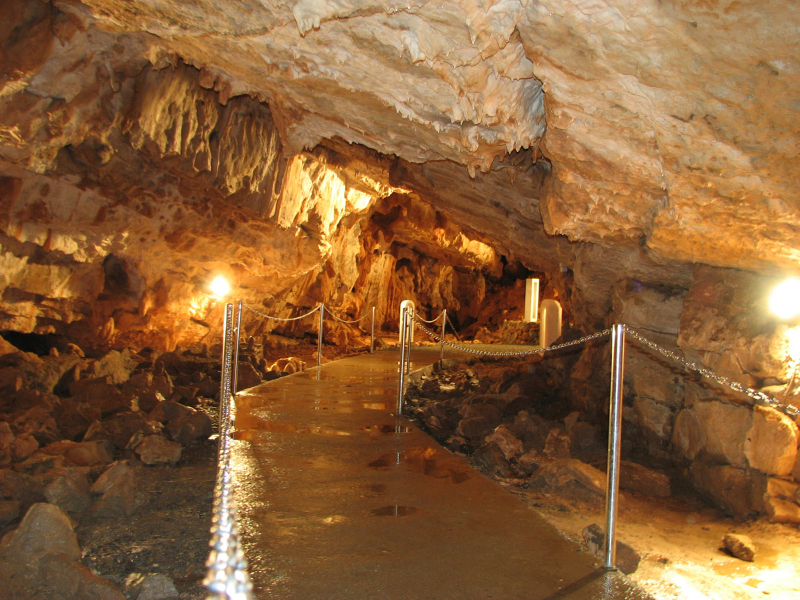
Photo: gorskikotarbike -
Biserujka Cave's unexpected concealed entrance provides tourists an exhilarating feeling. This cave, which is located on the island of Krk, is known for its beautiful stalagmite and stalactite formations. Due to its huge and pristine natural cave hall, this is also a subterranean dwelling for many musical acts.
The interest in the existing treasure of the subterranean gallery with countless stalactites, stalagmites, and calcite pillars has expanded significantly as cave illumination has increased. The inside half, with its length of roughly 110 m and the size of its subterranean cavern, absolutely enchants with its beauty and variety of sediment formations. The cave temperature hovers between 10 and 13 degrees Celsius all year, with only the occasional filtering, ceiling leakage, and floor soaking occurring during the rainy season. The route through the cave is now open to everyone - from infants to adults – thanks to the newly adjusted and safe passageways.
The Biserujka Cave's superbly lighted sediment formations and calcine pillars have piqued the interest of numerous artists who want to use it as a gallery for their exhibitions.
Location: Island of Krk, Croatia.
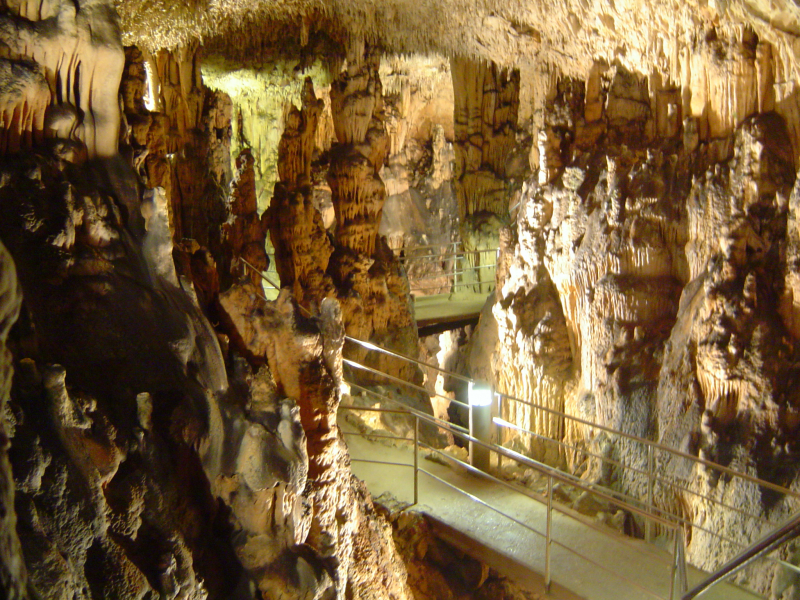
Photo: wikipedia 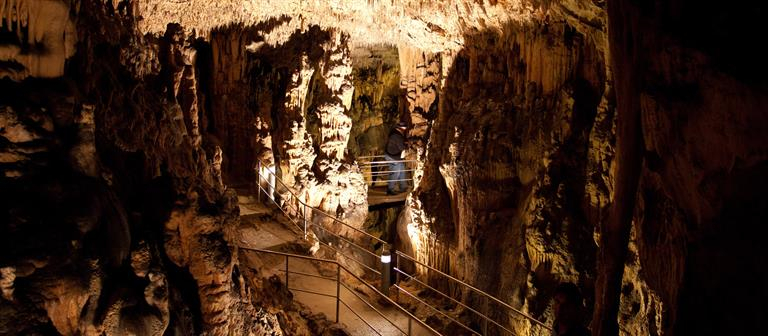
Photo: krk.hr -
The Barać Caves (Croatian: Baraeve pilje) are in the municipality of Rakovica, Croatia, near the settlement of Nova Krlja. The caves were first offered to visitors in 1892, but after World War II, they were abandoned and neglected. The Upper Caves of Bara were reopened to visitors in July 2004. According to tradition, the caverns are named after Bara's victory at the caves. In this location, the surname Bara is no longer used.
The Barać Caves are conveniently located near to Plitvice Lakes National Park and are a great place to visit after you've seen the beautiful Plitvice waterfalls. These protected caves first opened to visitors in 1892 and are still open for guided visits today.
These caves are unique in that they are one of the few accessible karst speleological locations. On your walk, you'll see spectacular dripstones, stone monuments, stalactites and companion stalagmites, and a wealth of knowledge about the cave's previous inhabitants.Location: Rakovica, Croatia
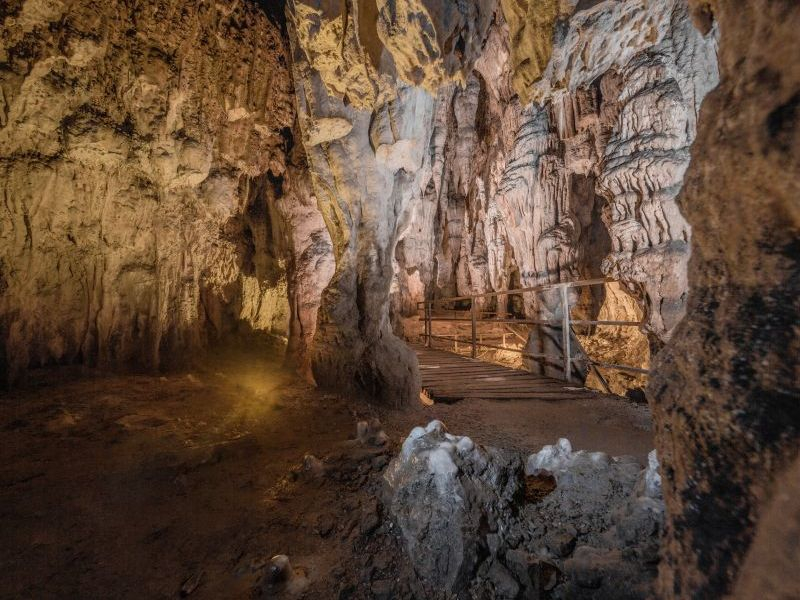
Photo: lika-destination.hr 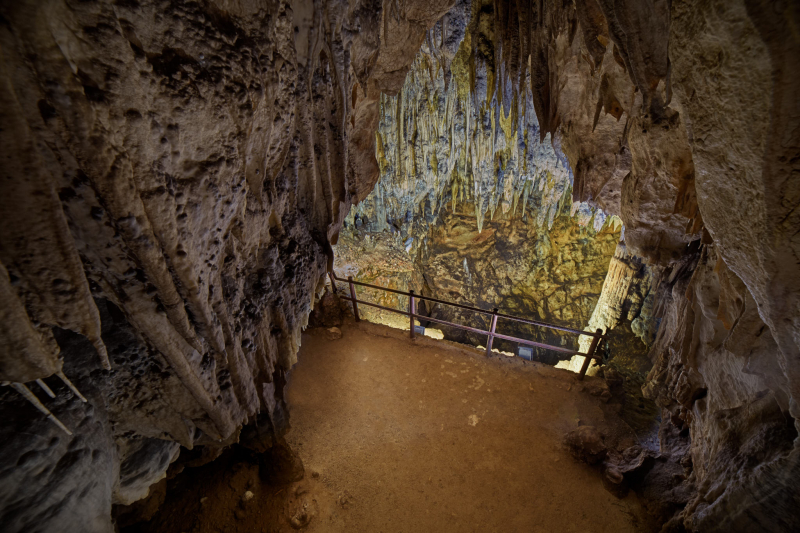
Photo: barac-caves -
Vindija Cave is an archaeological site in northern Croatia that has been linked to Neanderthals and modern humans. It is located in the municipality of Donja Voa. Three of these Neanderthals were chosen as the key sources for the Neanderthal genome project's first draft sequence.
The cave lies around 20 kilometers (12 miles) west of Varadin and 10 kilometers (6.2 miles) north of Ivanec. Neanderthals are thought to have visited the cave 40,000 years ago, almost 8000 years before modern humans arrived in that part of Europe.In terms of general anatomy, the hominid fossils of level 3G are unmistakably Neanderthal, however they share a number of features with anatomically contemporary Europeans rather than the classic Neanderthal. The brow ridge is thinner and less projecting, the face is smaller, and the front teeth are narrower. Though some have attributed these discrepancies to the Vindija Neanderthals' tiny size, a 1995 research found that, while small, the Vindija Neanderthals were comparable in size to more morphologically classic Neanderthals such as La Ferrassie 2, Shanidar 1 and 4, and Tabun 1. The Vindija Neanderthals were most likely transitioning from a robust to a more gracile shape.
Location: Hrvatsko Zagorje, Croatia
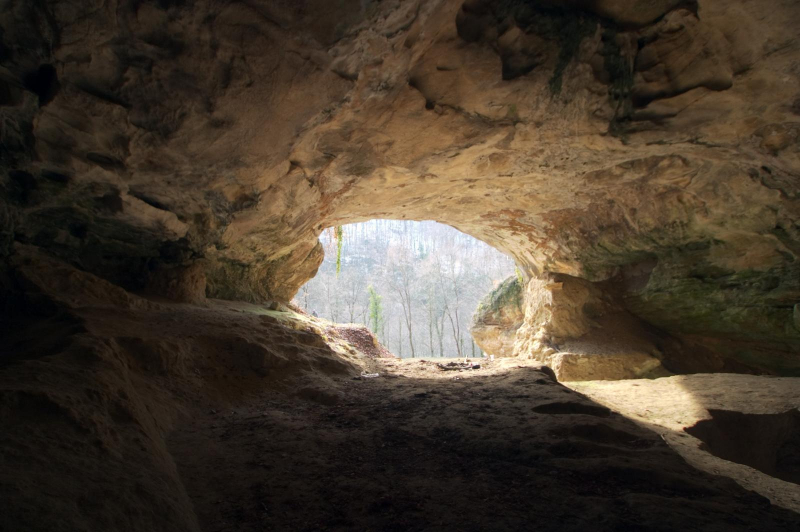
Photo: wikipedia 
Photo: Croatiareviews -
The Modric Cave is located in the Paklenica National Park, near the village of the same name. The cave was discovered in the 1980s and remained restricted to the public until 2004. The cave is still not a traditional tourist attraction because there are no steps, walkways, or lighting within. To freely roam around the cave, it is required to wear overalls and a helmet with a carbide torch. The cave maintains a constant temperature of 15°C.
Exploring Modric Cave is a fantastic experience; be prepared to be astounded by its majesty. The nine rooms you journey through have floor-to-ceiling stalactites, stalagmites, columns, and different speleothems.
They discovered the fossil remains of a man from the Bronze Age, estimated to be roughly 4000 years old, and a cave bear from the Ice Age in one section of the cave.Location: Vrtlina , Croatia
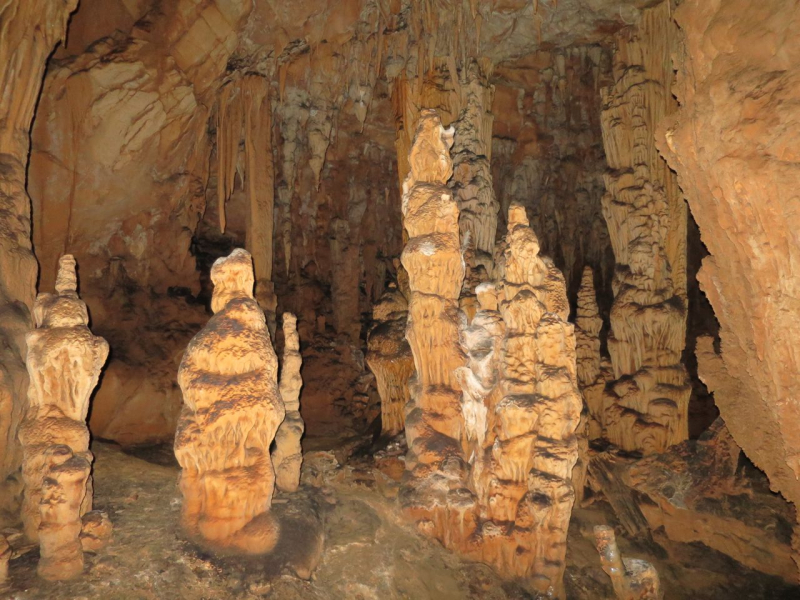
Phôt: chasingthedonkey 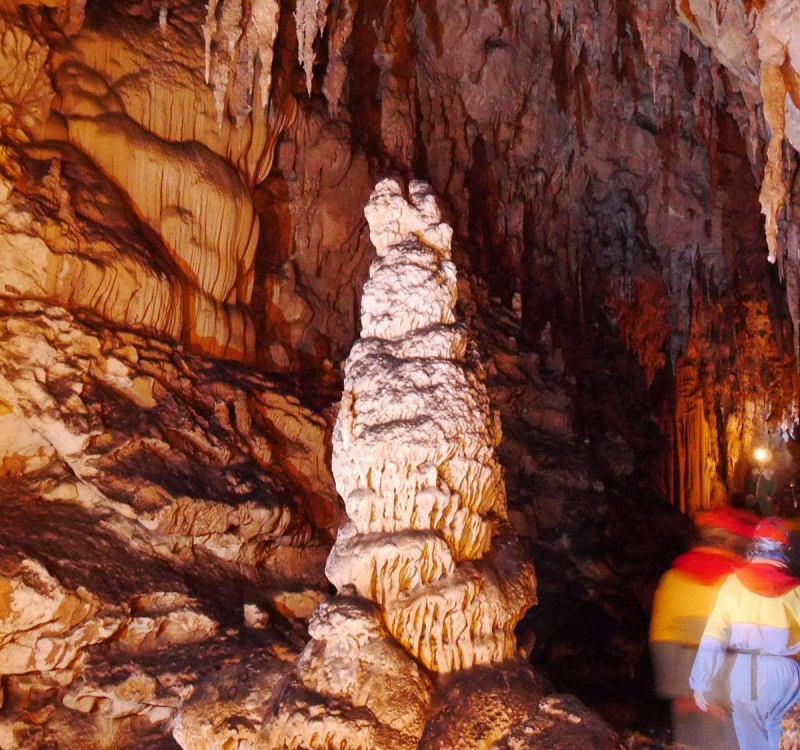
Phôt: tripadvidor -
The Cerovake Caves, located in the southern portion of Velebit Nature Park, are one of the most beautiful caves in Croatia. The cave complex is divided into three sections: bottom, middle, and high caverns, with a total of 7 kilometers of explored passages. The first 700 meters of the Donje Gornje Cave are open to visitors.
The Cerovake Caves have important archaeological sites in addition to numerous stalagmites and stalactites, as well as karst chimneys and ravines. There have been ancient human bones, bronze implements, and animal fossils such as cave bears discovered there.
One of the most popular Lika-Senj attractions is a visit to the Cerovake Caves. In reality, this is one of the country's largest cave bear habitats. It's a fantastic day excursion from Zadar.
Location: Grab, Croatia
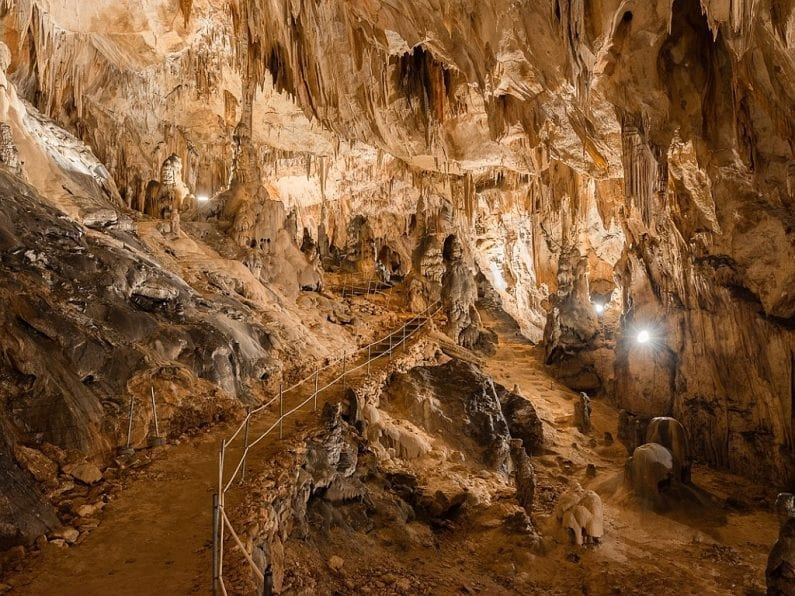
Phôt: plitvicetimes 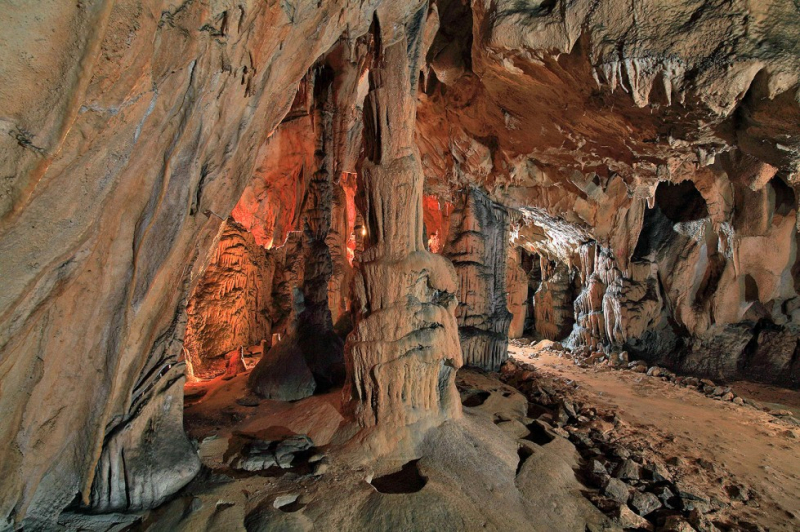
Phôt: visit-lika -
Odysseus Cave, out of all the caves in Croatia, may have the most interesting background. Mljet is enveloped with myths and legends, as is typical of small Mediterranean islands.
Mljet National Park is a big protected area that encompasses the island's western third, making it one of the nicest islands near Dubrovnik. The park is home to several major natural attractions, including the cave of the nymph Calypso, where Odysseus was held captive for seven years after being shipwrecked on the island, according to Greek tradition. It's definitely worth visiting the location where their love story is claimed to have begun, as well as the cave named for him!
Location: Babino Polje, Croatia
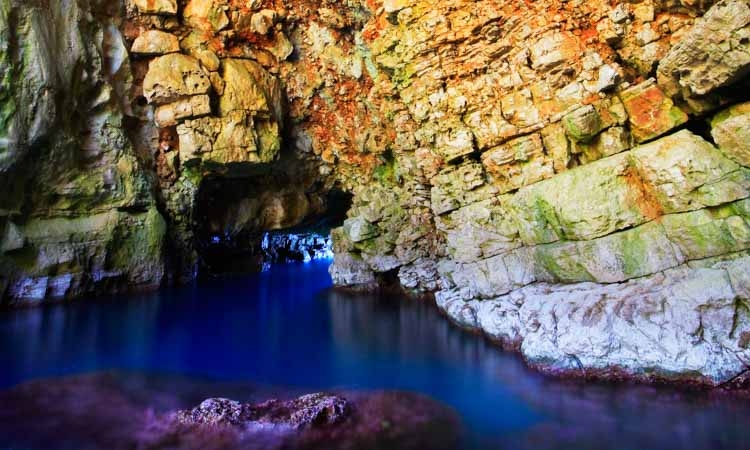
Phôt: thedubrovniktimes 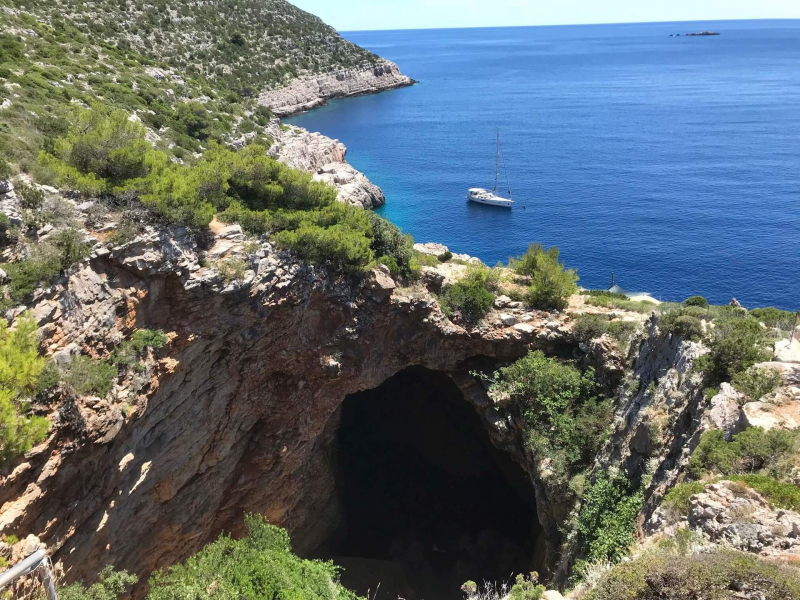
Phôt: korculaadventures















